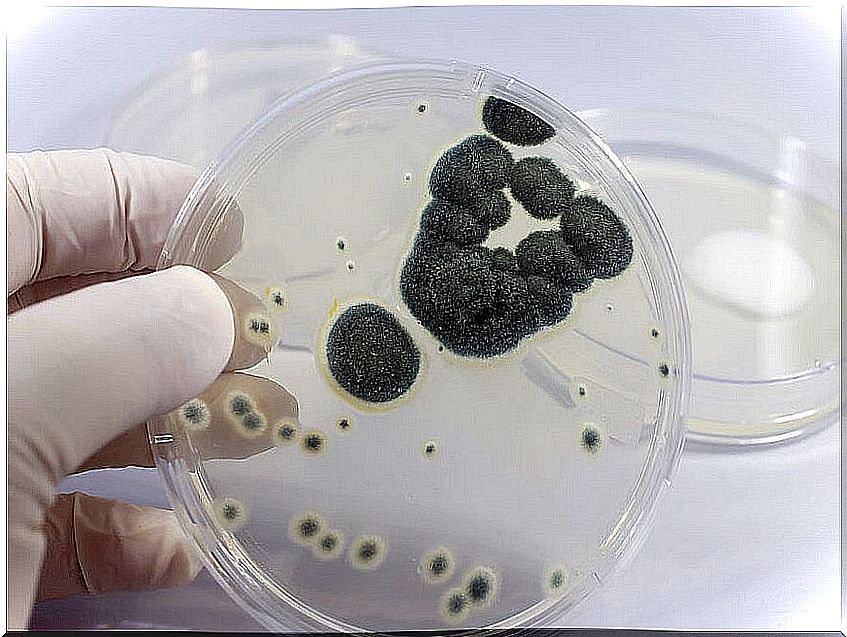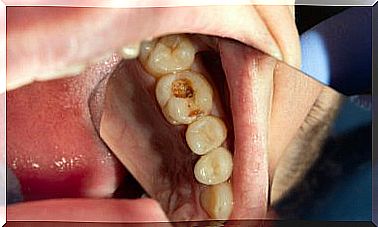Penicillin Resistance: How To Know?
Resistance to penicillin has led to the development of derivatives with a greater spectrum of action, and of penicillins resistant to beta-lactamase. This enzyme is produced by some bacteria and is responsible for their resistance to the action of antibiotics from the penicillin group.
The use, often indiscriminate, of these drugs due to the fear of a complication, causes the microorganisms to develop a greater resistance. Resistance to penicillin occurs in about 25% of strains of Streptococcus pneumoniae isolated from patients with otitis media, and they share this resistance with about 33% of Haemophilus influenzae strains .
The problem of resistance to penicillin and other antibiotics has led many countries to develop policies for the rational use of antibiotics. What is important, beyond legislation and guidelines, is that both doctors and patients understand that antibiotics cannot be used indiscriminately.
What is penicillin and how does it work?
Penicillins are a subclass of antibiotics called beta-lactam antibiotics. These are antibiotics that contain a chemical structure called the beta-lactam ring.
They are used to treat infections caused by bacteria categorized as gram-positive and some gram-negative – streptococci in the first case and meningococcal infections in the second. Penicillin kills bacteria by preventing them from forming the cell wall that protects them.
However, some bacteria produce substances -enzymes- that can inactivate beta – lactam antibiotics. To avoid this, if the infection is caused by this type of bacteria, penicillins are administered in combination with drugs that prevent the action of these enzymes.
Penicillins distribute rapidly in most tissues, especially in the presence of inflammation. All are eliminated at least partially in the urine, and most reach high concentrations in it.
How Penicillin Resistance Occurs
Penicillin resistance occurs when bacteria transform and become capable of resisting the effects of the antibiotic. Bacteria capable of becoming resistant to treatment can cause a variety of infections in humans and animals, and are more difficult to treat than non-resistant ones.
The use of antibiotics can lead to resistance. Every time you take antibiotics, the sensitive bacteria die. However, some can resist, grow and multiply, being able to spread to other people.
The most common resistant bacteria are Escherichia coli, Klebsiella pneumoniae, Staphylococcus aureus, and Streptococcus pneumoniae. Thus, resistance to penicillin and other antibiotics can also lead to increased health costs and increased mortality.
Measures to prevent penicillin resistance
Here are some recommendations to help prevent resistance to penicillin and other antibiotics:
- Don’t use antibiotics to treat viral infections like colds or flu. Remember that antibiotics do not work on viruses.
- When you go to the doctor, you should not insist that he prescribe an antibiotic.
- You must follow the indications regarding dosage and duration of treatment when taking antibiotics.
- Keep taking the antibiotic for the prescribed time, even if you feel better. If you stop treatment too soon, some bacteria can survive and re-infect.
- Don’t save antibiotics for another time, or use someone else’s medications.
- Practice daily habits to prevent infection, such as washing your hands and preparing food in hygienic conditions.

Global Antimicrobial Resistance Surveillance System
The WHO Global Surveillance System for Antimicrobial Resistance, called GLASS, currently includes 52 countries. Of these, 25 are high-income, 20 are middle-income, and 7 are low-income. This new system has revealed the widespread presence of antibiotic resistance in samples of 500,000 people from 22 countries with suspected bacterial infections.
Data published by the World Health Organization on antibiotic resistance indicates that levels of resistance to some serious bacterial infections are high. They occur in both high-income and low-income countries.
Conclution
Antibiotics are drugs that fight bacterial infections. Used correctly they can save lives, but there is a growing problem of resistance to penicillin and other antibiotics.
Penicillin is a very effective antibiotic for what it was formulated. It is also cheap to produce and can be found almost anywhere on the globe. If you have to get out of circulation due to increased bacterial resistance, then one more tool to fight infections will be lost.









